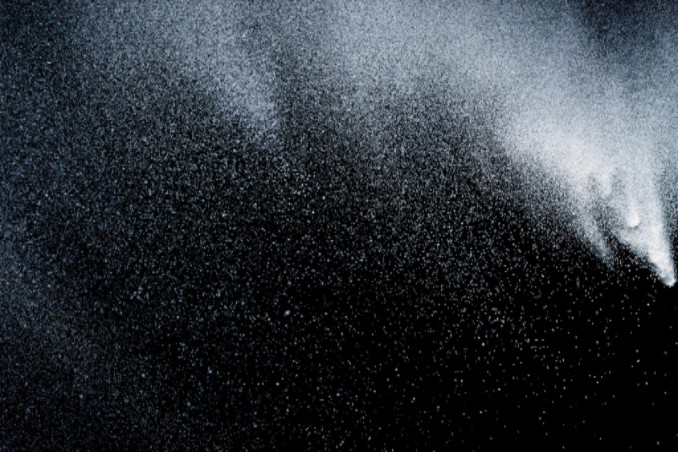
Each year, approximately 2.3 million workers are exposed to “respirable crystalline silica” which is an industrial material composed of soil, sand, granite and other materials.
Two million of these workers are employed in the construction industry where workers drill, crush, grind or sand silica. The other 300,000 workers are in the fracking industry.
The U.S. Occupational Safety and Health Administration (OSHA) is trying to curb many of the illnesses caused by silica exposure which include obstructive pulmonary disease, kidney disease, lung cancer and silicosis. Their goal is to limit employees’ exposure to this dangerous product.
OSHA estimates that the new rules they plan to implement should save approximately 600 lives and prevent more than 900 new cases of silicosis each year.
Below are some of the provisions they plan to implement:
- Employees will be required to use engineering controls such as ventilation systems and water to limit worker exposure. If these controls don’t adequately limit exposure, respirators will be required.
- Medical exams will be required for employees who have been highly exposed.
- OSHA will provide flexibility for small business and assist them in protecting workers from silica dust.
- Another provision will be to reduce “the permissible exposure limit (PEL) for respirable crystalline silica to 50 micrograms per cubic meter of air, averaged over an 8-hour shift.”
The industries that must adhere to these rules are construction, glass manufacturing, structural clay products and pottery product manufacturers. Depending on the business, they have one to five years to get processes in order to adhere to OSHA’s new requirements.


